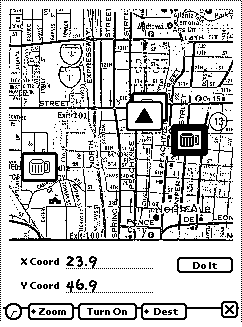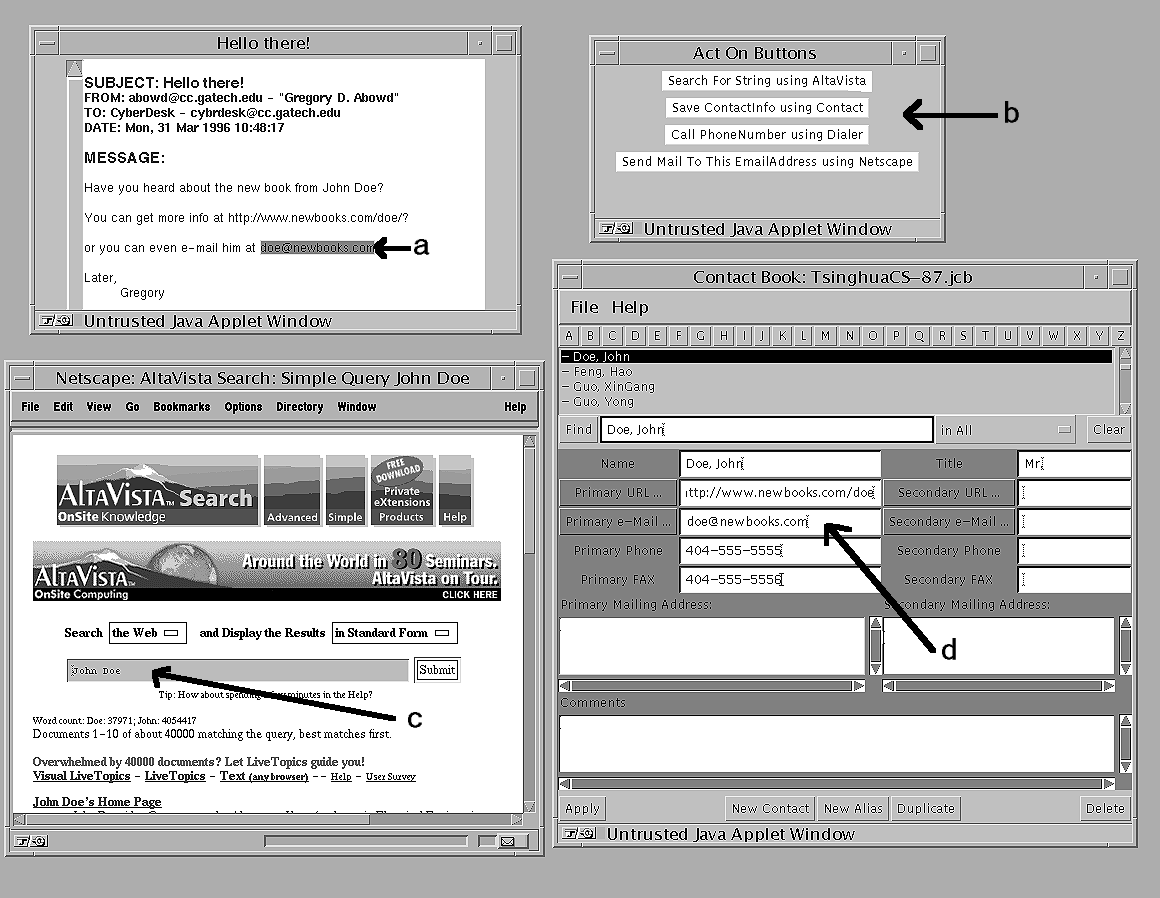


Figure 1: The CyBARguide interface: an interactive map
indicating the user's location (arrowhead) and the location of
establishments previously visited (the beer mugs).

Figure 2: A CyberDesk scenario.
Click on the figure to get an image with better resolution.